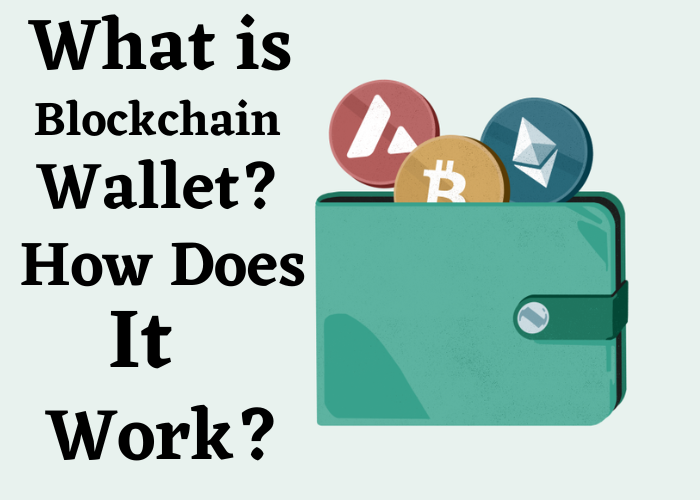In today’s era of cyber-attacks and data breaches, people have become more protective of their personal information. Blockchain Wallet is one of the most popular online wallets to date. This article will focus on explaining what a Blockchain Wallet is and how to use it. Blockchain Wallet is a digital wallet that stores cryptocurrencies such as Bitcoin, Ethereum, and Litecoin. It is a software program that connects to the Blockchain network and allows the user to send and receive Bitcoin. Blockchain Wallet is different from other digital wallets (e.g. Coinbase, Xapo) because, instead of storing your Bitcoin in the Blockchain wallet, all the funds are stored on the Blockchain network.
Why Use a Blockchain Wallet?
Blockchain wallets are a great way to store your cryptocurrencies. Bitcoin and other digital currencies are not tangible, so it is important to have a secure way to store them. Blockchain wallets are a way to store your digital currency in an encrypted digital wallet. The encryption is important because it prevents others from accessing your digital currency. Digital wallets may be hosted on a multitude of devices, but most are designed for desktop and mobile devices. Most digital wallets will support multiple currencies, but are typically optimized for Bitcoin. It is important to research the wallet before choosing the provider. Every blockchain wallet will have different security techniques and operating systems. Some have better encryption and others offer two-factor authentication.
What is a Blockchain Wallet?
Blockchain is a type of digital wallet that uses a system of cryptography to allow people to send and receive money without the need for a middleman. This is done by storing the information of the transaction in a public ledger. The information is then verified by a computer algorithm and then encrypted. This is what allows for the system to operate without the need for a third party.
How Do Blockchain Wallets Work?
When you purchase a cryptocurrency, you are actually buying a digital asset. And, when you send a cryptocurrency, you are actually sending a digital file. A cryptocurrency address is the public key of your digital wallet. That’s what the other person needs to send you the cryptocurrency. The private key is the password that gives you access to your digital wallet. Simply put, a cryptocurrency address is a unique identifier that you use in order to receive cryptocurrency from another person.
Blockchain Wallet Features
When it comes to keeping your cryptocurrency safe, it’s important to know what wallet you should use. For those who want to keep their coins secure but don’t know the best way to go about it, here are some features to look for in a wallet. -Anonymity: The first thing to look out for is anonymity. There are many online wallets that can be easily traced. For those who want their transactions to remain anonymous, then this is going to be very important. It’s also necessary for those who don’t want to leave evidence of their crypto transactions. One of the best places to look at when it comes to anonymity is a hardware wallet. Some of these wallets use two factor authentication and make use of blockchain technology to hide behind. While this doesn’t always make everything completely anonymous, it does give you a few extra lines of defense.
Blockchain Wallet Types
There are many different types of wallets to choose from, but there are two main types of wallets: hardware and software. Hardware wallets are physical devices that are used to store your crypto coins. Software wallets are applications that are downloaded to your computer or phone. Hardware wallets are generally considered more secure because they provide an offline environment. However, these devices can be challenged by malware.

